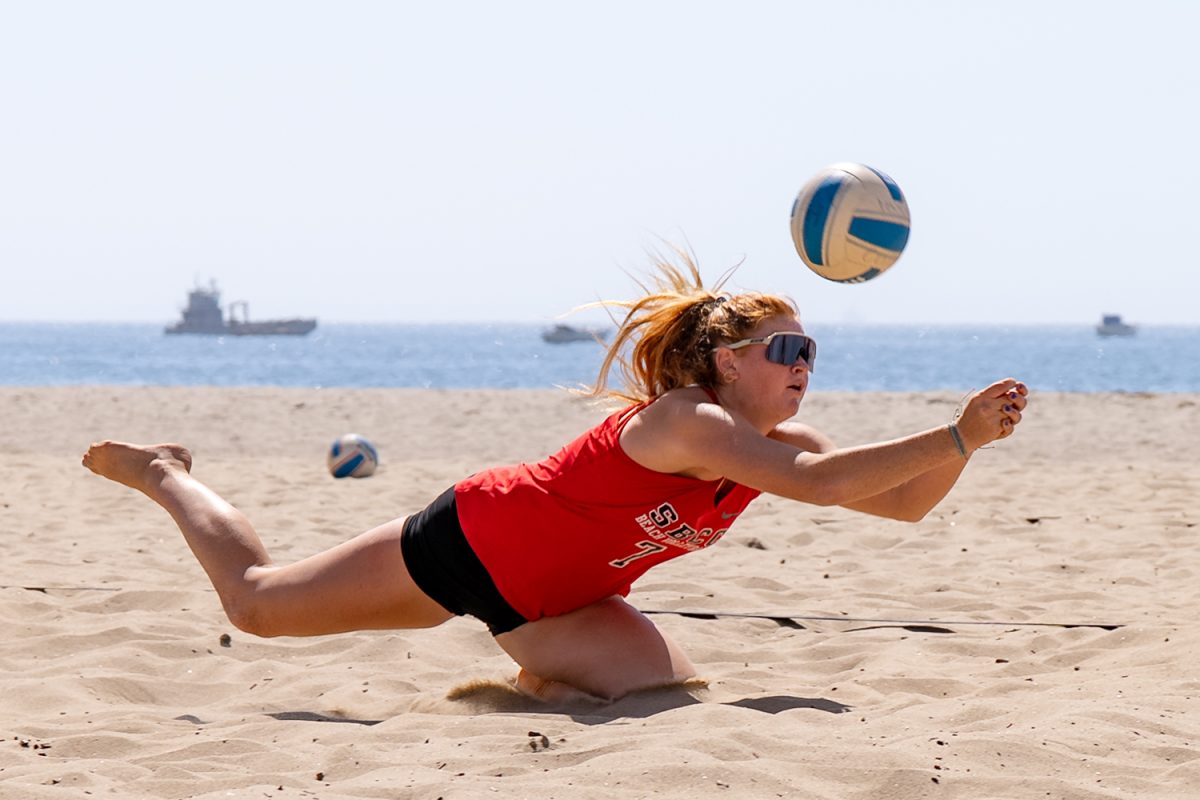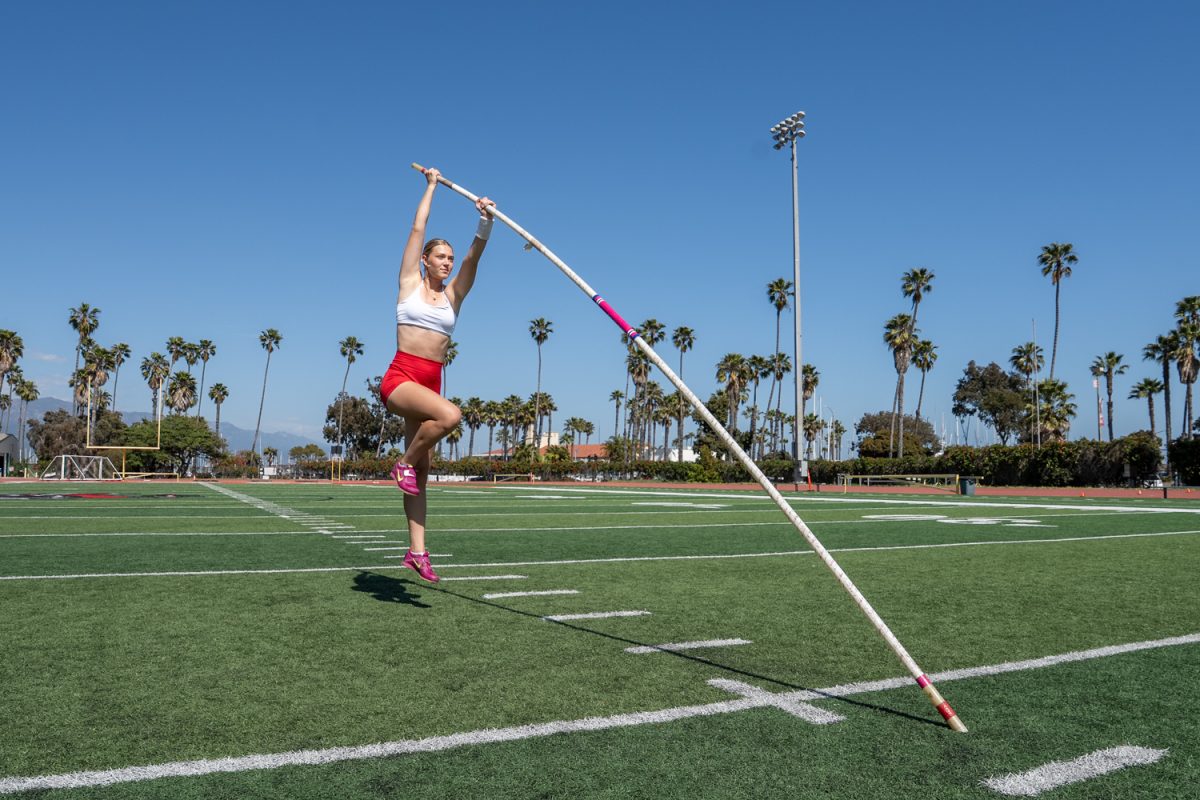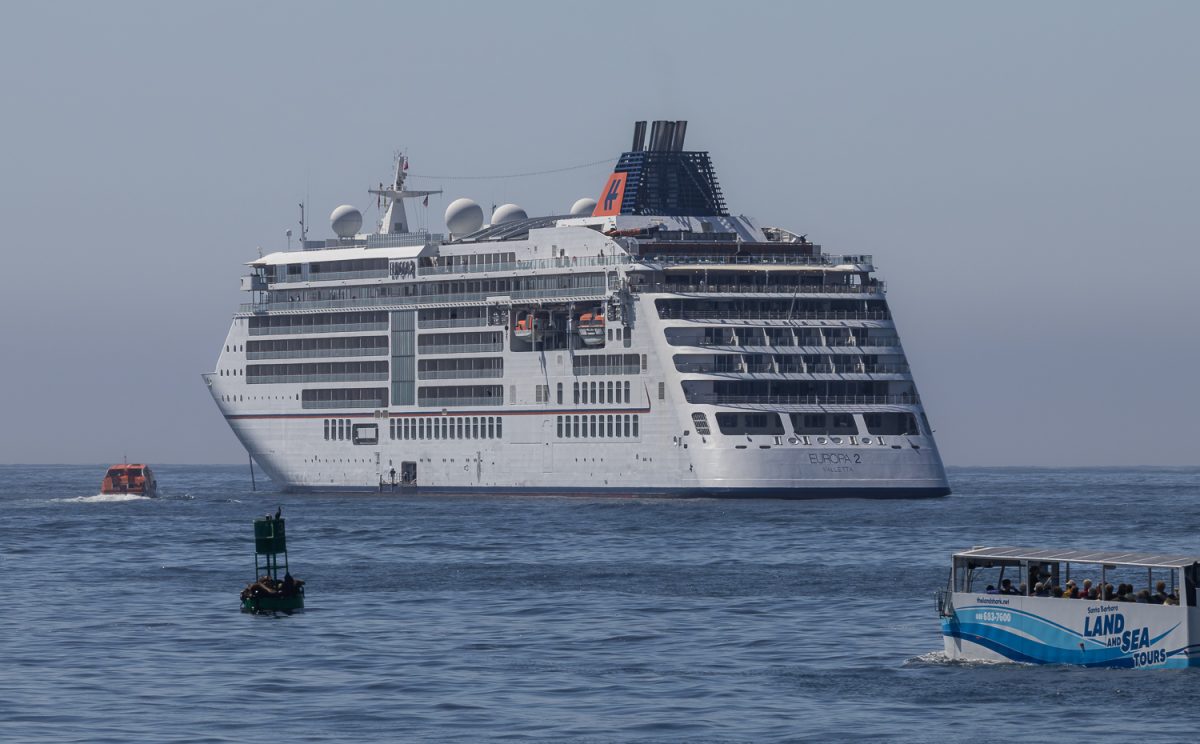COVID-19 forced instructors at City College to drastically redesign courses to fit an online format, but some of the more “hands-on” art classes have proved to be more of a challenge than others.
Every semester the Theatre Group at Santa Barbara City College puts on professional stage productions at City College’s Garvin Theatre. This semester there are plans in place for a Broadway musical revue on West Campus’ lawn, with masks and gloves required.
“It all depends on health and safety regulations,” said department Co-Dean Patricia Frank.
“We’re holding out hope that we will be able to put on outdoor, socially distanced performances.”
In the theatre classes, stage actors are normally taught to rely on grand movements and expression through action. However, Zoom’s lack of intimacy has forced theatre classes to focus on developing the quieter side of acting.
“Ordinarily we’d be communicating through things like movement and stage presence,” Co-Dean Katherine Laris said. “Now it’s come down to when do you raise an eyebrow or slightly turn your head.”
The change from physical to virtual has been difficult for teachers across the map—especially for art teachers.
“[Non-art] Classes have been taught online for years,” according to Art Department Professor Armando Ramos. “It’s a totally new teaching method for us.”
Students have found themselves with more creative freedom on their projects than in past semesters simply because teachers are not there to guide them as thoroughly as before. But there is a loss of that everyday teamwork between students and teachers.
“There’s just a camaraderie, a working energy that you can’t recreate online.” Ramos said.
Art instructors all over campus have adapted into developing their own unique online teaching methods.
Dance instructor Tracy Crawford has created a three camera system utilizing his phone, computer and iPad, all placed at different points.
“I purchased a dance floor and a ballet bar,” Crawford explained. “And a SWIVL to give students as interactive an experience as possible.”
Each camera is strategically placed so his students have a clear view of the positions from the best possible angle.
“I want to give students a three-dimentional experience in a two-dimentional reality,” said Crawford.
However, not all art classes have found it that difficult to change to a fully online format.
Many lecture art classes, such as music history, theatre appreciation and Michael Gallegos’ Multimedia Art classes have been offered online for a long time.
Gallegos has been teaching online classes since 1995, so switching over was “like flipping a switch.”
Even the Music Department has figured out a way to practice remotely.
Music majors can now play in real time in a remote setting thanks to the new software Jamulus. Since last summer, music students have been practicing with each other live over the internet with little or no delay in time playing through the software.
“It’s spectacular what we did to create a virtual online experience,” said faculty member and band leader Tony Ybarra in a school-wide Zoom conference. “We’re lucky to be able to continue this amazing program online.”


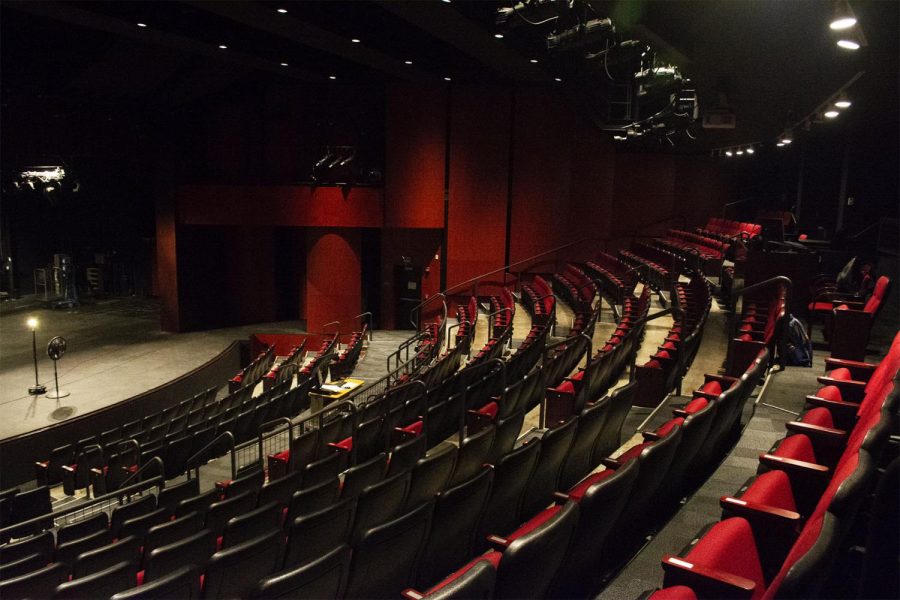




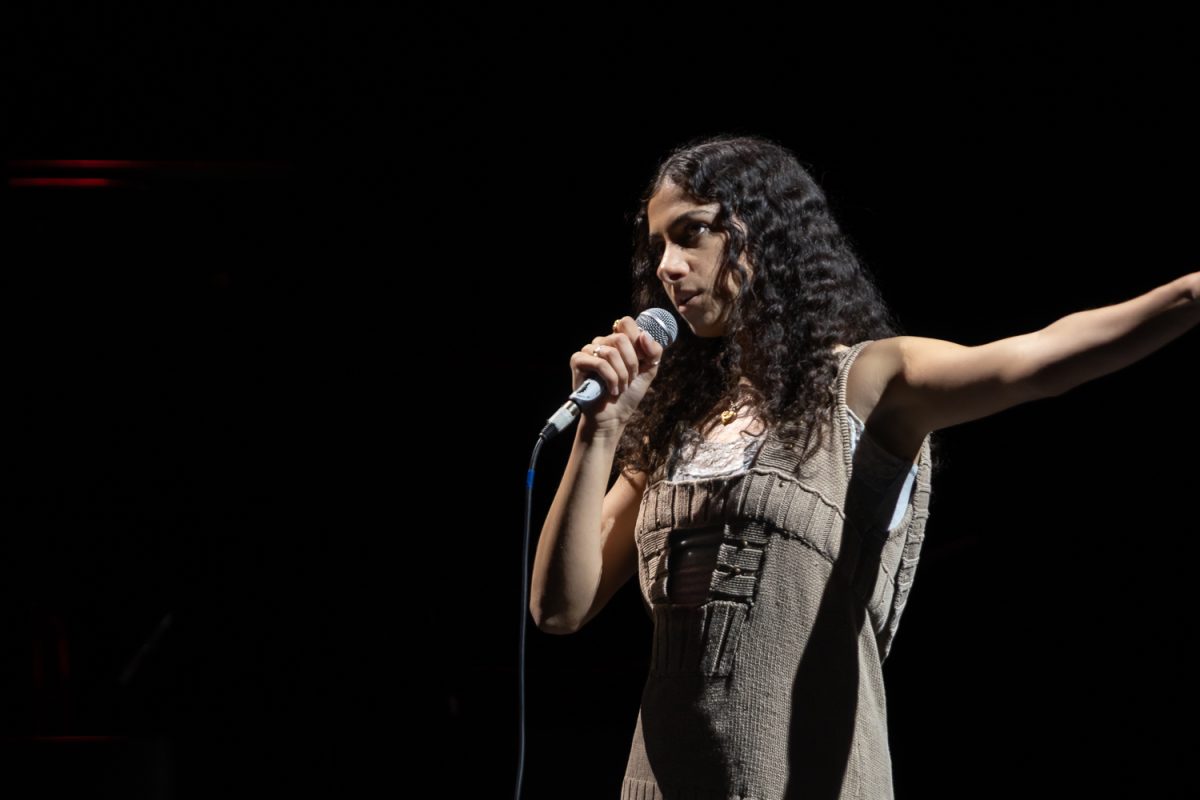
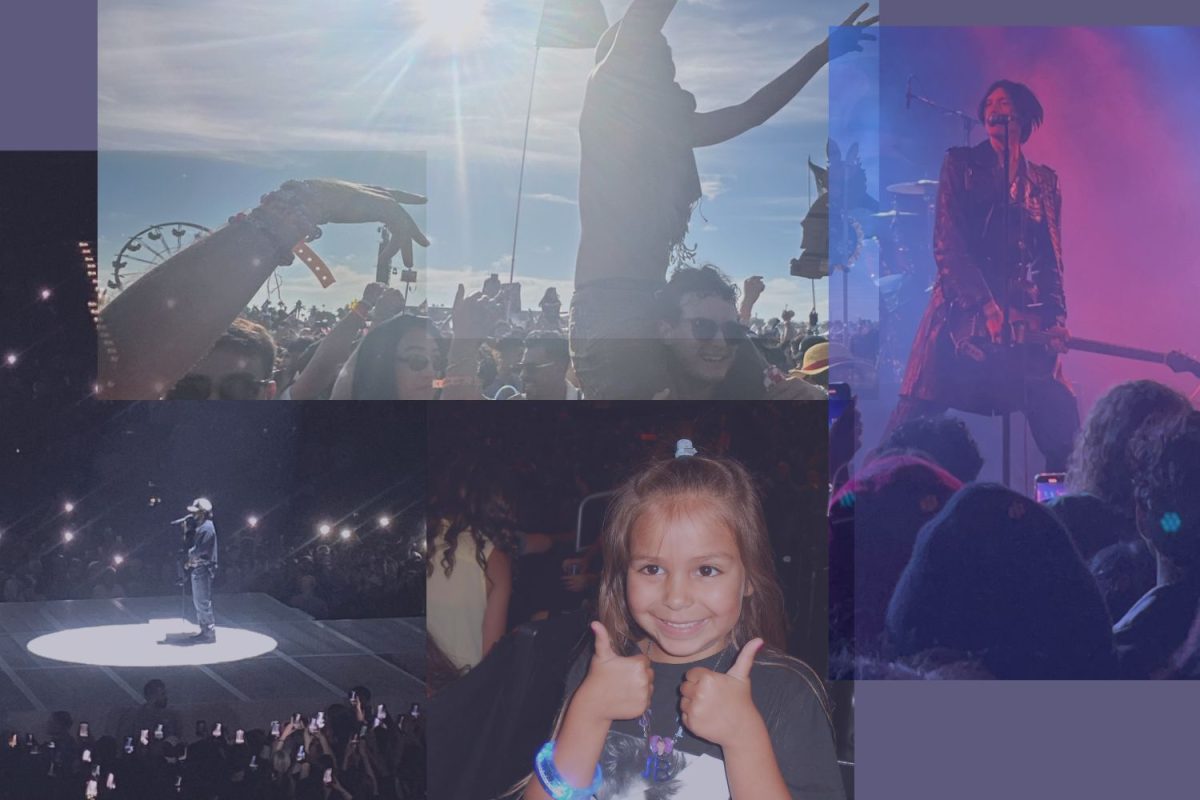
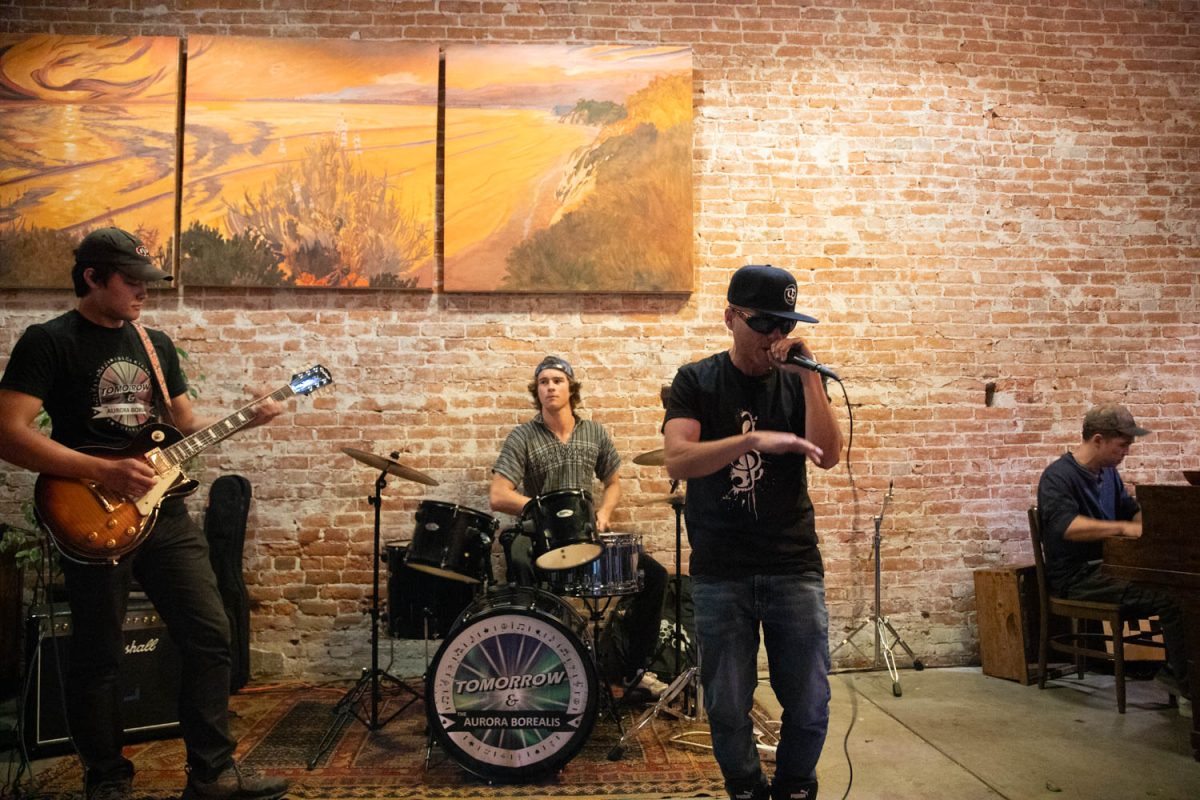
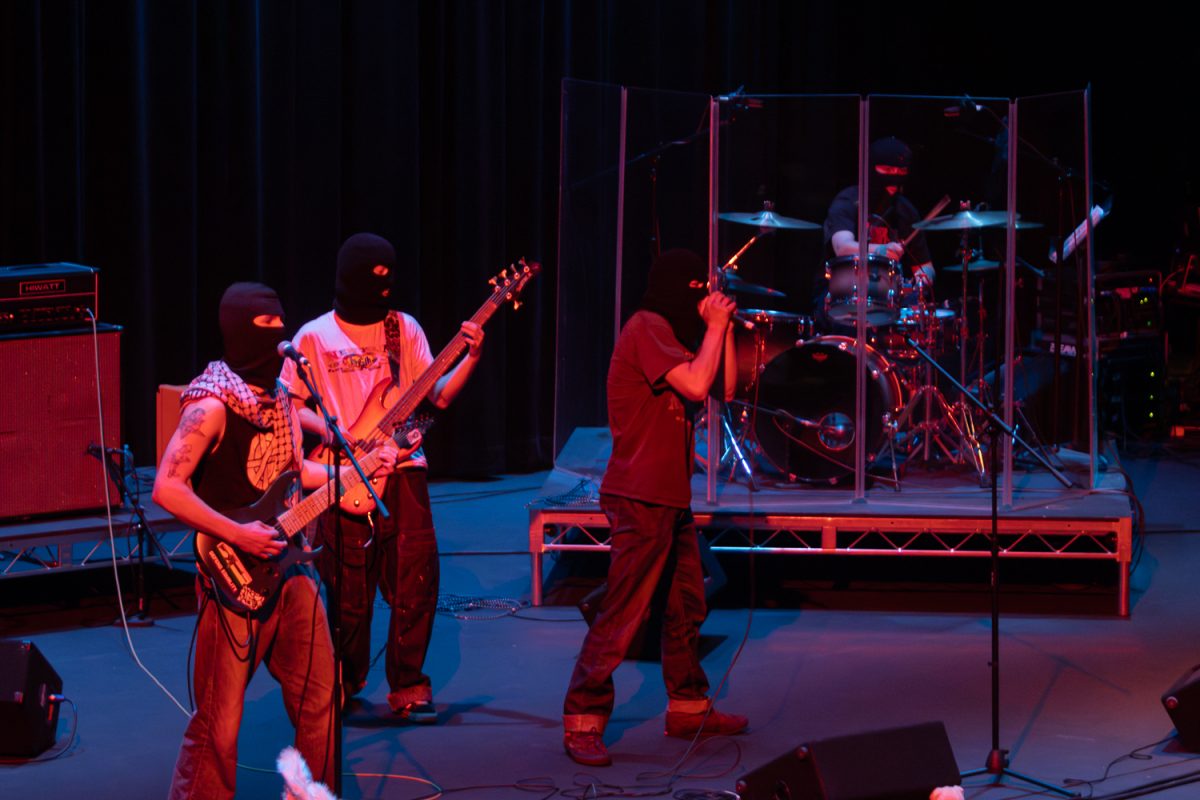
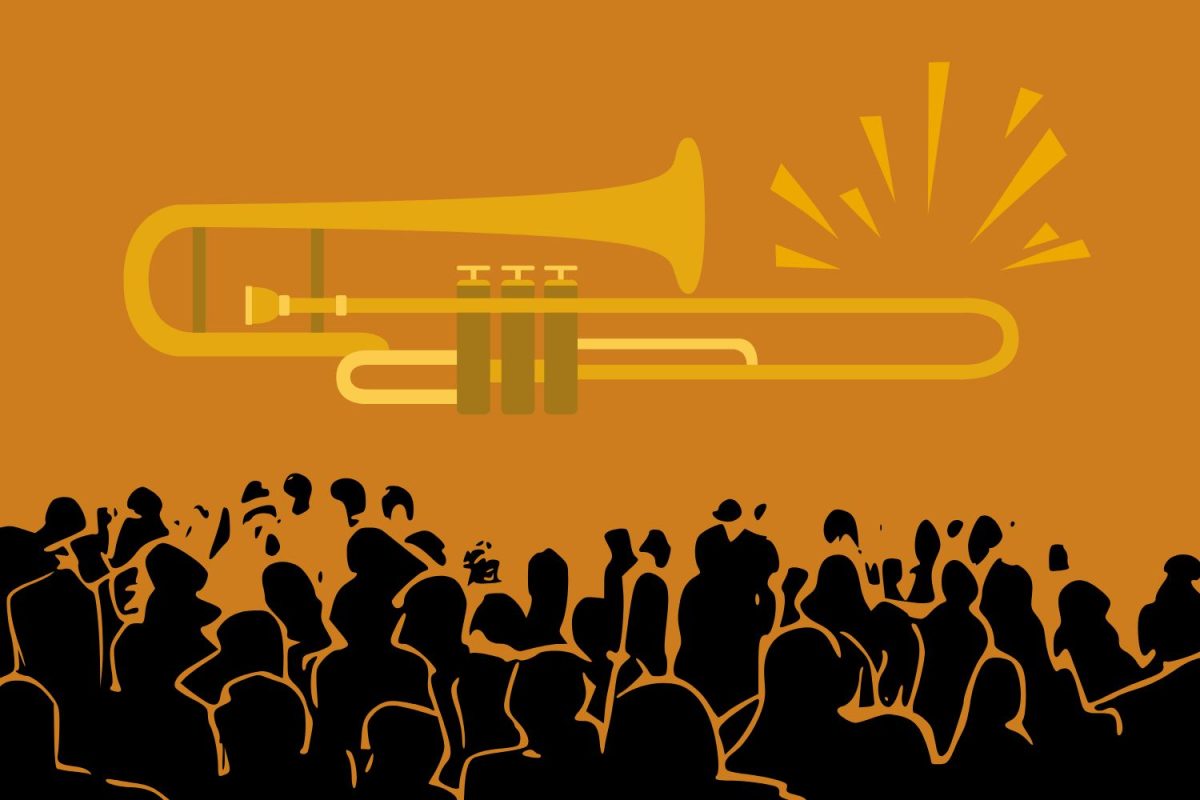

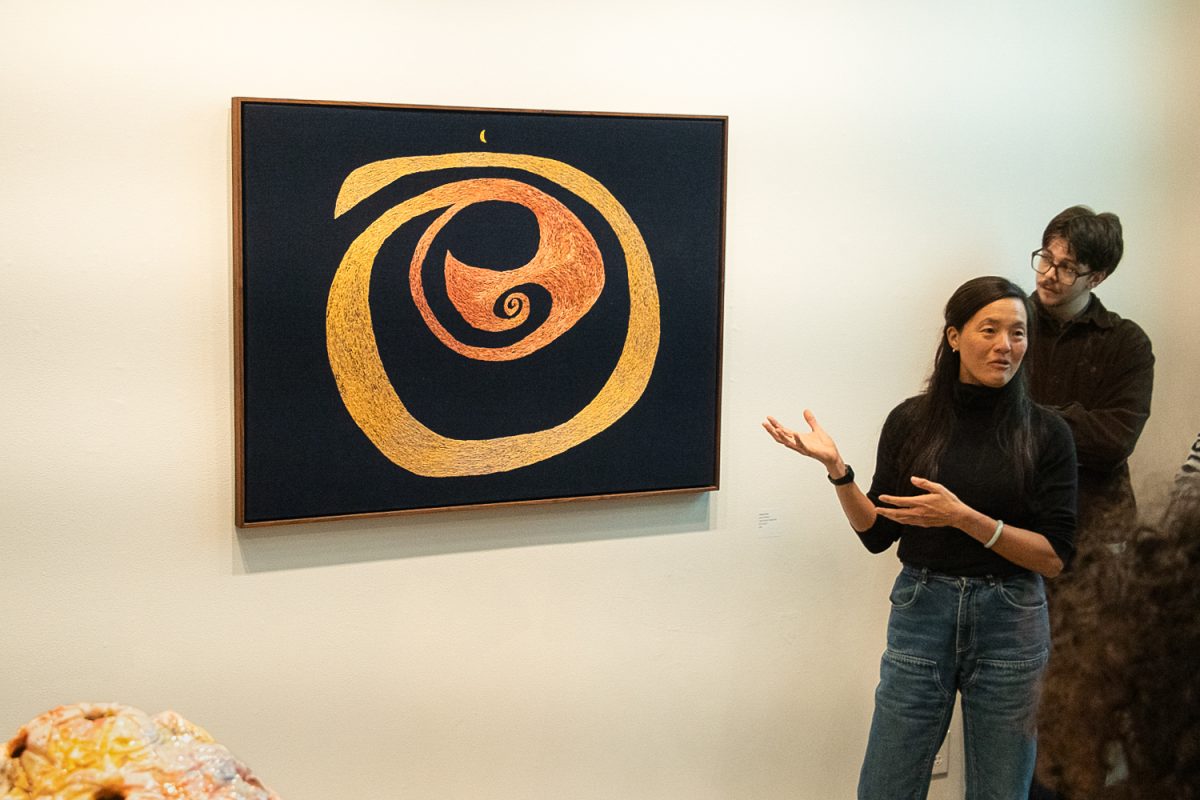
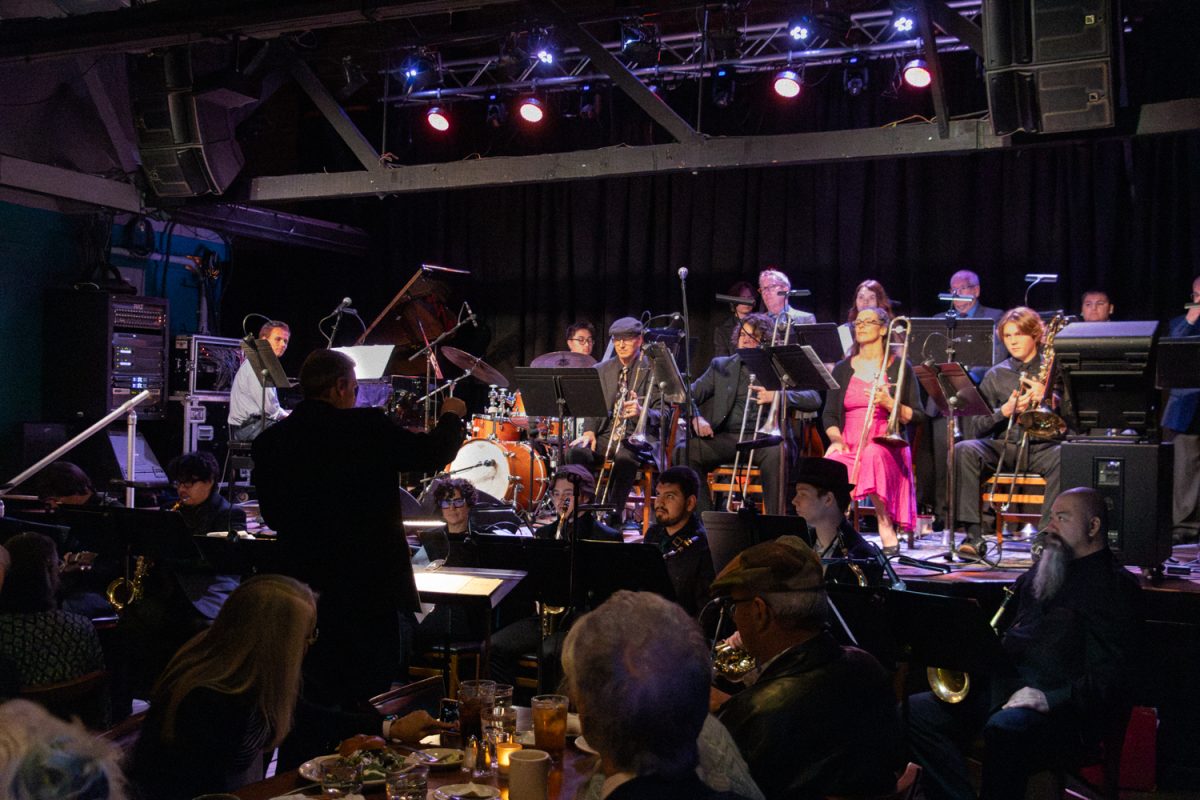


![Milton Alejandro Lopez Plascencia holds a flag showcasing the United States and Mexico on Feb. 7 in Santa Barbara, Calif. “It’s heartbreaking to see what is happening all across the country,” Lopez Plascencia said. “I [want] my voice to be heard by the community.”](https://www.thechannels.org/wp-content/uploads/2025/05/MGSImmigration-1-1200x800.jpg)
